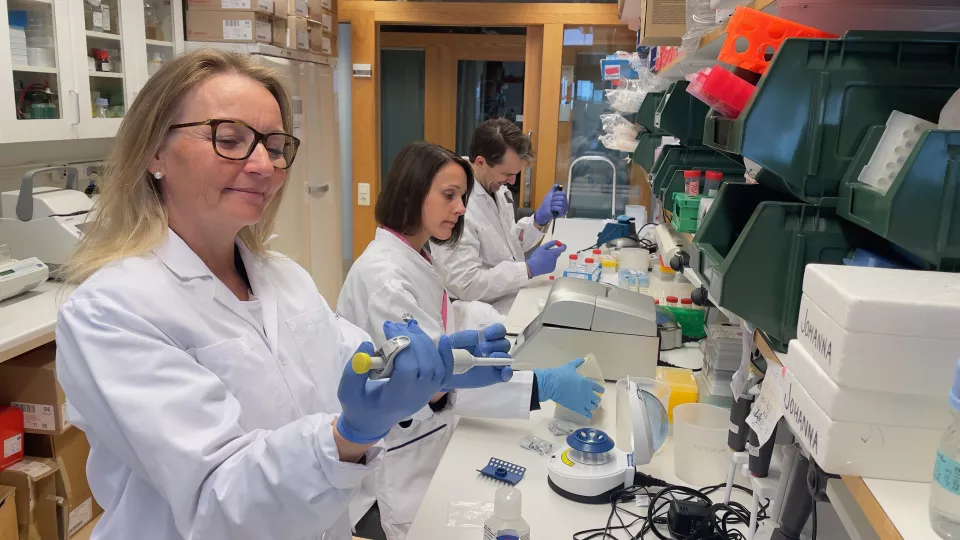The research team’s scientific paper was published in the Journal of Clinical Investigation (JCI) and showed that 395 genes are differently expressed in the pancreatic islets in individuals with type 2 diabetes. Of these, 94 of the genes were previously known. The study is based on analyses of insulin-producing cells from 283 individuals with or without type 2 diabetes.
Karl Bacos, associate professor in experimental diabetes research at Lund University, who has led the study along with professor Charlotte Ling, says:
“One of the strengths of our new study is that we have been able to validate already known genes, at the same time as we have discovered many new genes that are differently expressed in individuals with type 2 diabetes. We have also been able to identify a gene that proved to be very strongly associated with impaired insulin secretion.”
Regulation of PAX5 with the genetic scissors
The gene in question is called PAX5 and has previously shown to be associated with leukaemia, but there are no known studies of the gene’s role in the pancreatic islets and diabetes. The researchers carried out several experiments in cultivated pancreatic insulin-producing cells from humans and rats where they studied how an altered expression of PAX5 affected insulin secretion. Their experiment showed that insulin secretion was impaired, and that cell death was increased when PAX5 was overexpressed.
The researchers hope that this knowledge will be used in trials for developing new treatments of type 2 diabetes. Diabetes researcher Charlotte Ling heads a research group in diabetes and epigenetics at Lund University Diabetes Centre (LUDC) that wants to investigate if it is possible to use the CRISPR/Cas9 genetic scissors to correct the gene’s activity.
“Our long-term goal is to regulate the activity of PAX5 using the genetic scissors and that way restore PAX5 levels in individuals with type 2 diabetes”, says Charlotte Ling, professor of epigenetics at Lund University.
Could benefit specific patient groups
Previous research at LUDC has shown that there are patient groups who have difficulties with their insulin secretion. This subgroup has been called SIDD (Severe insulin-deficient diabetes) and it is a group characterized by impaired insulin secretion.
“It is possible that future treatments where we restore PAX5 levels can prove to be particularly beneficial to this group of patients. Type 2 diabetes is a growing global public health problem, and we urgently need to find new ways to treat the disease”, says Charlotte Ling.
Large research resource
Several research groups at LUDC have joined forces to carry out the study. They have access to a resource for diabetes research that receives and handles pancreatic islets from deceased donors from the whole of Scandinavia.
“The study was made possible thanks to our large research resource where we have received insulin-producing pancreatic islets from donors over many years. We have successfully identified several new genes with altered gene expression in people with type 2 diabetes thanks to our extensive biobank. In future studies, it would be valuable to do similar analyses on materials from individuals with different ethical backgrounds since we know that the risk of developing the disease differs between ethnic groups”, says Karl Bacos.


